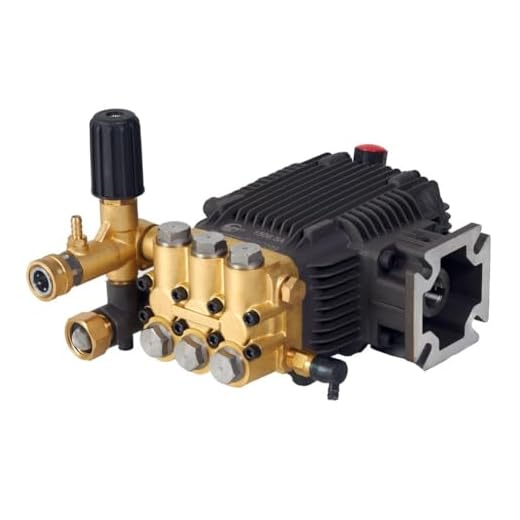



When selecting a machine for outdoor cleaning tasks, the key is to understand the mechanisms at play. Most high-performance models incorporate axial cam mechanisms. These units provide a reliable and consistent flow, ideal for residential use while ensuring longevity. Alternatively, if you’re considering regular and heavy-duty applications, look for units with triplex systems. Though pricier, these types deliver superior durability and enhanced performance, making them worth the investment.
The material of the internal components also holds significance. Brass and stainless steel fittings are less prone to damage and offer improved resistance to wear compared to plastic variants. This detail becomes particularly important in harsh environments where exposure to chemicals and weather can lead to faster degradation.
Furthermore, motor power impacts the overall efficiency of the unit. A robust electric motor typically ranges from 1,500 to 2,500 watts for household models. In cases where maximum performance is required, consider gas-powered machines, as they often deliver better pressure and flow rates. This choice can drastically reduce cleaning times for larger areas or stubborn stains.
Understanding these fundamental aspects enables informed decisions when investing in a cleaning machine that fits your specific needs efficiently.
Pressure Cleaner Mechanisms
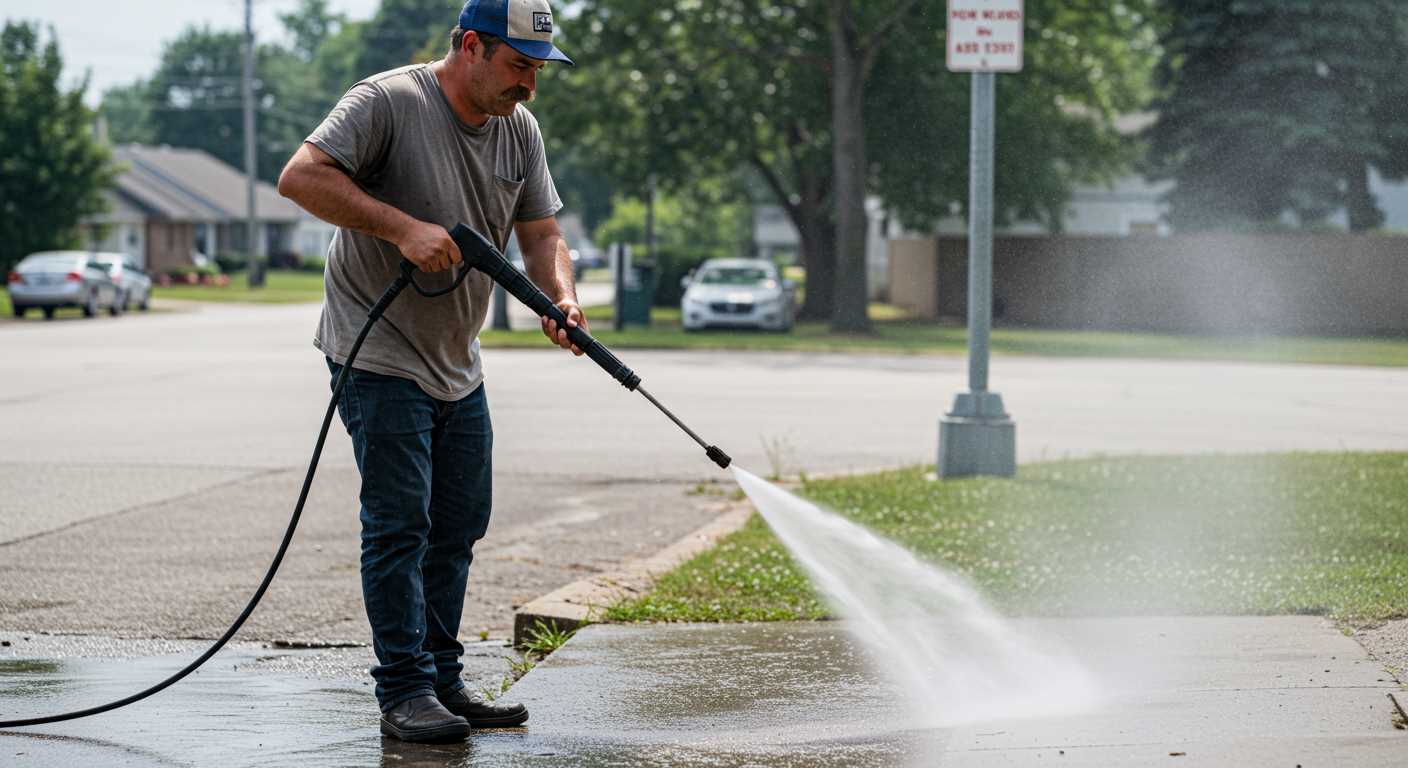
For optimal performance, select machines equipped with triplex designs. These triplex mechanisms are superior, providing increased reliability and consistent flow rates. Additionally, they are less prone to overheating and wear, enhancing lifespan significantly.
Types of Mechanisms
There are two primary designs: direct drive and belt drive. Direct drive systems are compact and lightweight, suitable for occasional domestic tasks. Conversely, belt drive configurations excel in professional settings, producing higher torque and operating at lower RPMs, which translates to reduced wear and tear.
| Mechanism Type | Advantages | Disadvantages |
|---|---|---|
| Direct Drive | Lightweight, compact, easy to maintain | Higher wear rate, shorter lifespan |
| Belt Drive | Increased torque, longer operational life | Higher cost, larger footprint |
Conclusion on Selection
Choosing an optimal machine depends on intended use. For frequent heavy-duty tasks, I advocate for belt drive models. For casual cleaning, a direct drive may be adequate. Always consider the flow rate and pressure ratings to ensure you select the right equipment for your needs.
Types of Pumps in Pressure Cleaners
For optimal performance, I recommend considering three primary varieties of hydraulic devices: axial, triplex, and diaphragm systems. Each has its unique advantages suited for different applications.
Axial Pumps
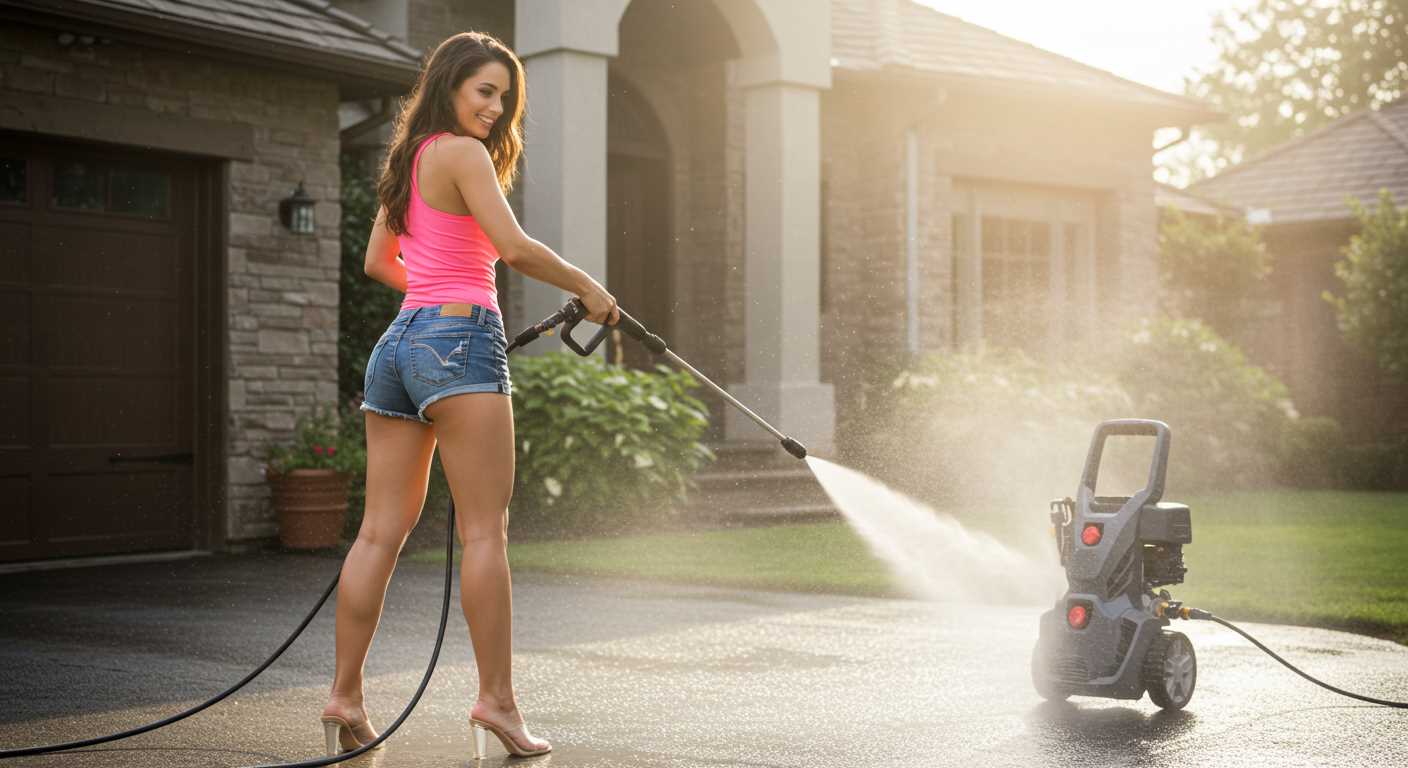
These units are ideal for residential models, featuring a simple design that provides adequate power for light tasks. They excel in producing consistent water flow, making them perfect for quick clean-ups. However, their longevity might be shorter compared to others if used extensively.
Triplex Pumps
Designed for heavy-duty operations, triplex mechanisms are suitable for intensive cleaning scenarios. They boast three pistons, allowing for superior pressure and greater efficiency. These are the go-to choice for professional-grade cleaning. Their longevity and durability stand out, often lasting significantly longer than axial variants.
Understanding these hydraulic options is crucial for selecting the right equipment for your needs, ensuring effectiveness in tackling various cleaning challenges.
Comparing Electric and Gas-Powered Systems
For performance, I often recommend electric models for lightweight tasks around the home due to their ease of use and low maintenance needs. These systems typically operate on standard household power, making them convenient for quick clean-ups. The pressure level often ranges between 1300 to 2000 PSI, ideal for delicate surfaces like vehicles and patio furniture.
Power and Portability
Gas-powered systems excel when more power is required. With pressure levels surpassing 3000 PSI, they are suitable for heavy-duty jobs such as cleaning driveways or removing stubborn stains from concrete. However, they come with the drawback of being heavier and less portable due to the need for fuel and a larger frame.
Noise and Environmental Impact
Electric units operate quietly, which makes them more neighbourhood-friendly, especially in residential areas. Conversely, gas models produce higher noise levels and emissions, raising concerns about environmental impact. If you’re considering which system aligns best with your requirements, reflect on the balance between power needs and environmental considerations.
Understanding Positive Displacement Units
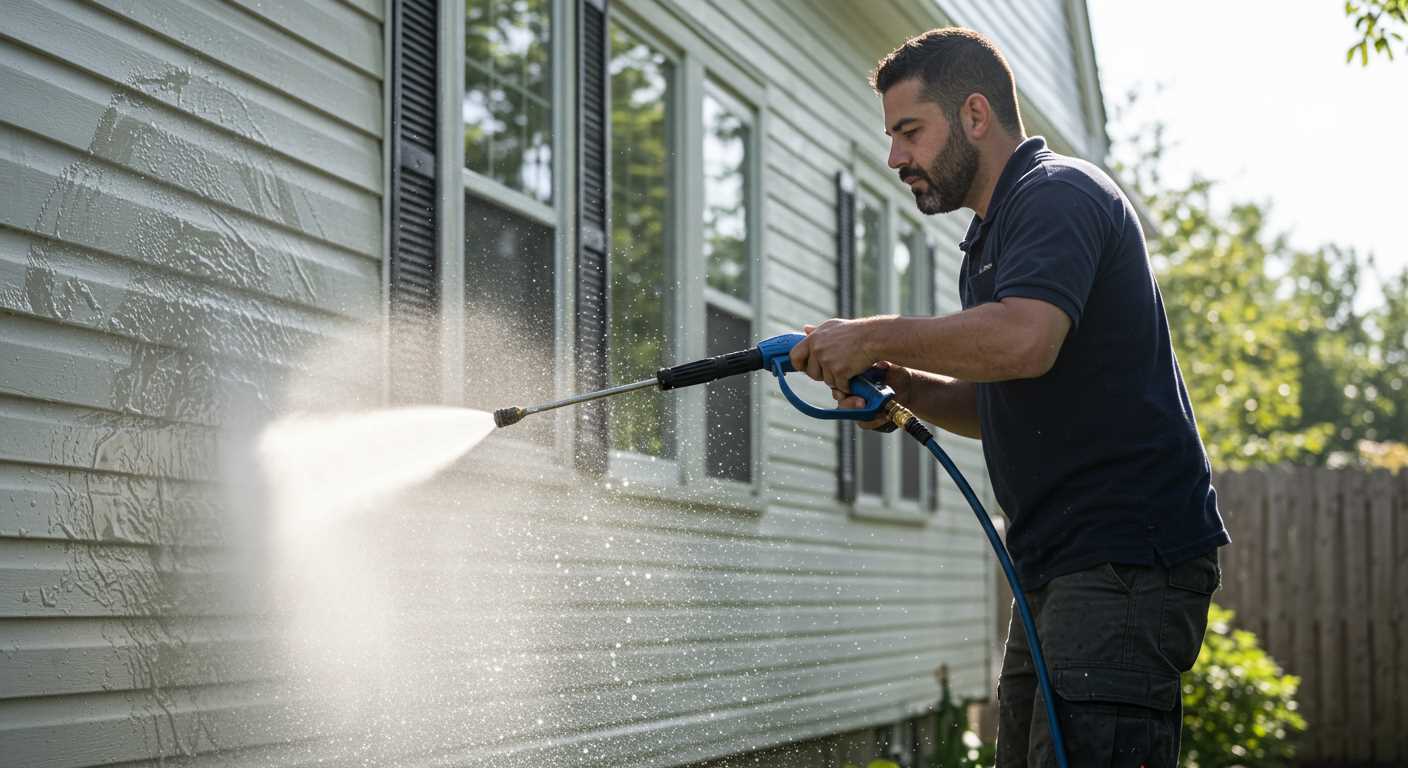
For those focused on high performance and reliability, positive displacement mechanisms stand out as a solid choice. Unlike centrifugal types, these units operate by trapping a fixed volume of liquid and forcing it through the system with each cycle. This design delivers consistent flow rates, ensuring that cleaning tasks are executed effectively, regardless of variations in pressure applied to the nozzle.
Efficiency and Performance
With positive displacement types, I’ve found that maintaining a steady output is a significant advantage. This is especially beneficial for tackling stubborn grime or contaminants that require sustained pressure to dislodge. Additionally, the ability to handle different viscosities adds versatility, making these models effective for various cleaning fluids or detergents. The reduction in flow rate fluctuations contributes to enhanced user control and a more predictable cleaning experience.
Durability and Maintenance
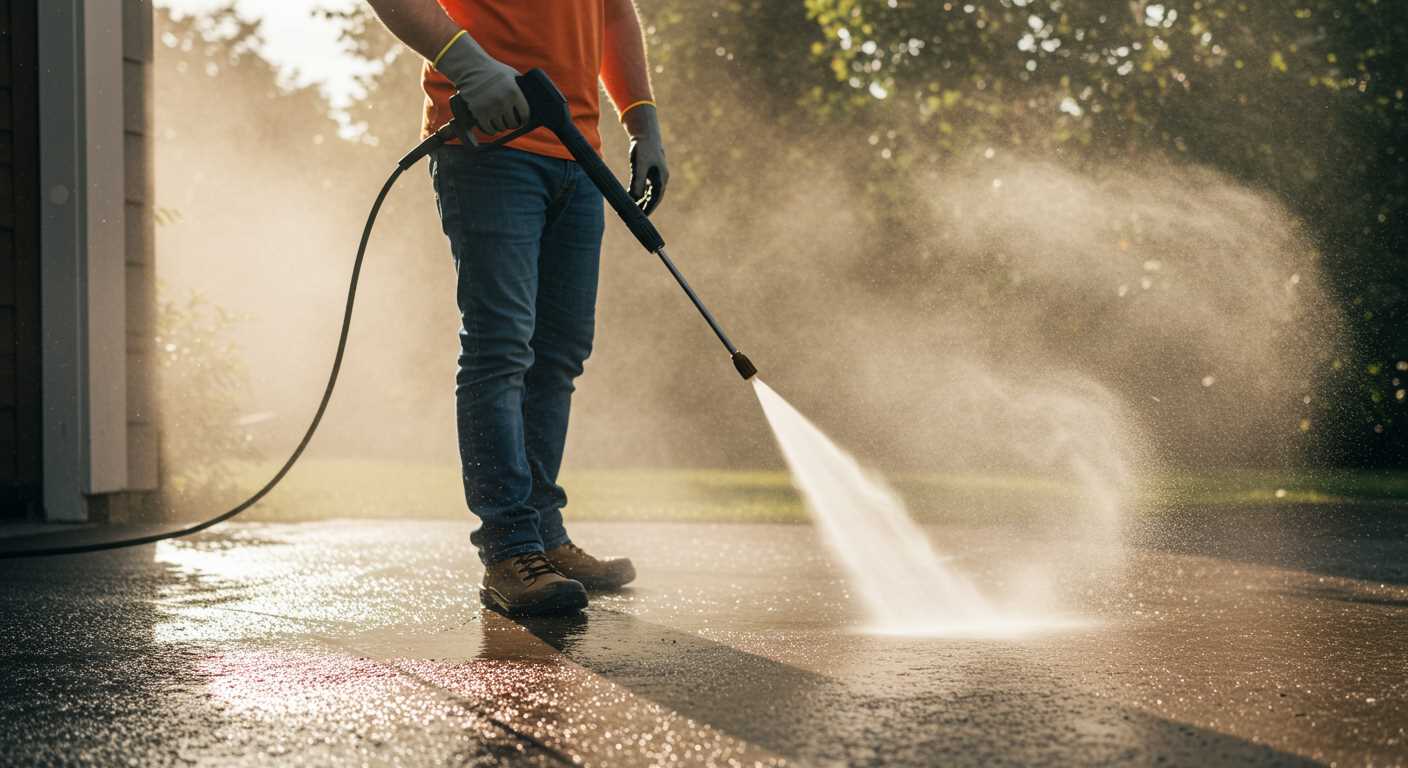
In my experience, the construction of positive displacement equipment often highlights robustness and longevity. Many units are designed with fewer moving parts, translating into reduced wear and tear over time. Routine maintenance is straightforward; regular checks of seals and filters help prevent downtime and extend lifespan. This durability is a key factor for both personal owners and professionals relying on their equipment day in and day out.
Advantages of Axial Pumps in Pressure Cleaners
Axial pumps stand out due to their powerful and reliable performance in pressure cleaners. Their design helps achieve high flow rates, making them ideal for tasks requiring substantial water output. Here are the main benefits I have observed in my extensive experience:
- Compact Size: Axial models are generally smaller and lighter, allowing for greater mobility and ease of storage.
- Simplicity of Design: Fewer parts mean reduced maintenance needs. Their straightforward construction contributes to lower chances of mechanical failure.
- Efficiency: These hydraulic systems typically maintain high performance even at varying pressure levels, providing consistent results across different applications.
- Cost-Effective: Often more affordable upfront than other types, axial mechanisms provide great value for homeowners and DIY enthusiasts.
Performance Capabilities
In addition to their operational efficiency, I found axial systems excel in handling a variety of jobs. They are suitable for:
- Washing vehicles and outdoor furniture.
- Cleaning driveways and patios.
- Basic home maintenance tasks.
In essence, the advantages of axial models make them a preferred choice for both casual users and those who require dependable equipment for regular cleaning chores. Their unique attributes cater well to a broad range of needs, ensuring satisfactory results with every operation.
Common Materials Used in Pump Construction
Stainless steel stands out as one of the most reliable choices for housing and internal components. Its resistance to corrosion and durability under high pressure ensures a long lifespan, making it ideal for outdoor usage. In contrast, brass is often used in fittings and valves, providing excellent sealing properties and robust resistance to wear, especially in models that experience frequent attachment and detachment of hoses.
Plastics and Composites
Many units incorporate high-density polyethylene (HDPE) or polypropylene for their water intake and chemical resistance, which reduces wear over time. These materials help keep the weight down, facilitating easier transport. It’s valuable to note that while these plastics reduce weight and cost, they may not handle extreme temperatures as well as metals.
Aluminium Alloys
Some designs integrate lightweight aluminium alloys in their framework, ensuring sturdiness without adding significant bulk. This combination of strength and lightness is particularly advantageous for electric models, where mobility is essential. Furthermore, aluminium provides good thermal conductivity, allowing for effective heat dissipation during prolonged use.
Identifying Pump Compatibility with Nozzles
To ensure optimal performance, matching nozzles with the right force generation equipment is crucial. Each nozzle creates a specific pattern and pressure of the water jet, so it’s important to know the specifications of both components before you begin any cleaning task.
Understanding Nozzle Types
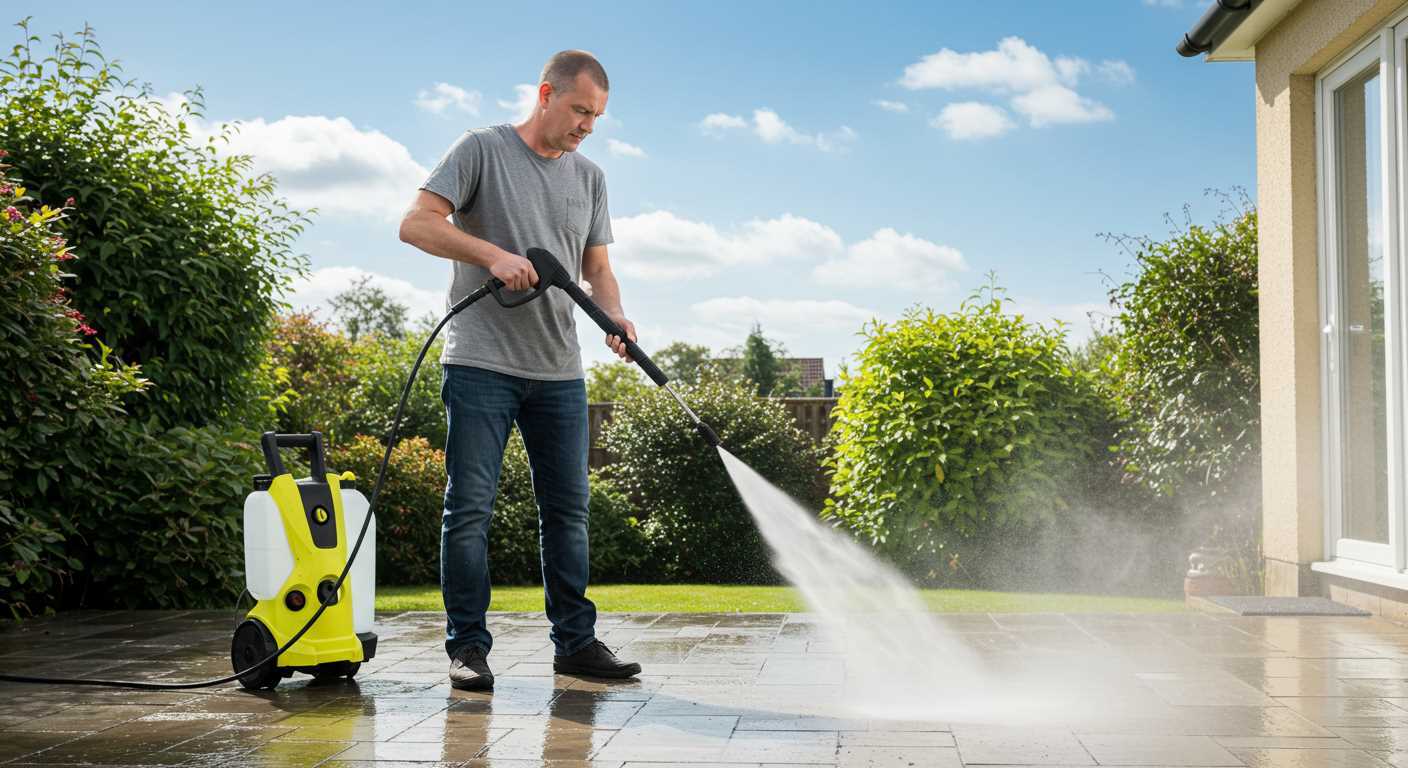
Nozzles come in various shapes and sizes, each designed for specific applications. Fan tips, turbo nozzles, and soap nozzles serve distinct cleaning purposes. It’s essential to check the nozzle’s specifications to guarantee compatibility with your water delivery system. For instance, low-pressure nozzles facilitate detergent application, while high-pressure ones are geared for heavy-duty tasks.
Flow Rate and Pressure Considerations
Each washing device has a designated flow rate and pressure rating, typically measured in litres per minute (LPM) and bar respectively. Ensure the selected nozzle can handle the machine’s output specifications. A nozzle with a lower pressure rating than the unit can cause inefficiencies, while using one with a higher rating than what the machine is designed for may lead to damage or excessive wear.
Before making adjustments, refer to your operating manual to identify the correct nozzle guidelines. Regularly testing and maintaining nozzles can prevent unexpected failures and prolong their lifespan. When in doubt, consult with the manufacturer’s recommendations for nozzle compatibility to avoid any issues during operation.
Maintenance Tips for Pressure Washer Pumps
Regularly check the seals for any signs of wear or damage. Replacing worn seals promptly can prevent leaks and prolong the lifespan of the mechanism.
Flush the system with clean water after each use. This simple step removes contaminants and prevents sediment build-up, ensuring smooth operation over time.
Inspect and clean the inlet filter frequently. A clogged filter restricts water flow, leading to overheating and possible damage to internal components.
Use the correct oil for lubrication, following the manufacturer’s recommendations. Proper lubrication reduces friction and enhances performance.
Store the equipment in a dry, temperature-controlled environment. Extreme temperatures can lead to corrosion, particularly in metal components and seals.
Periodically check the alignment of the components. Misalignment can cause excessive wear and motor strain, which affects overall efficiency.
Keep the exterior clean, as dirt and grime can lead to rust. A clean exterior also helps in identifying leaks or damage early.
Regularly inspect hoses for signs of cracks or wear. Replace any damaged hoses to avoid pressure loss and ensure safety during operation.
Utilise a pressure gauge to monitor performance. A significant drop in pressure can indicate issues within the machinery that require immediate attention.
Finally, consult the user manual for specific maintenance schedules and tips tailored to the model in use, ensuring optimal functionality and longevity.
Signs of Pump Failure and Troubleshooting Steps
Pay attention to these indicators: leaks, inconsistent water pressure, unusual noises, and overheating. Each can signal an underlying issue requiring immediate attention.
- Leakage: Inspect for water dripping from the unit. This might stem from worn seals or loose connections.
- Loss of Pressure: If the stream is weak, check for blockages in the nozzle or hose. Also, ensure the water supply is adequate.
- Strange Sounds: Any grinding or rattling could signal a malfunctioning component, possibly needing replacement.
- Overheating: If the motor runs too hot, it may indicate that the unit is not receiving enough water. Verify the intake strainer is clean.
For leaks, tighten all fittings and replace damaged seals. If pressure is erratic, clean or replace the nozzle and inspect the inlet filters. Continue to monitor the condition after making adjustments.
- Shut off the machine and disconnect the power source.
- Examine the hoses and connections for any visible damage.
- Clear any debris from the inlet screen.
- Test the unit with a different nozzle to determine if pressure issues persist.
- If problems continue, consult the manufacturer’s manual for detailed troubleshooting.
Regular inspection and maintenance of components extend service life. Clean filters and replace seals as needed to ensure optimal performance.
Keep in mind, if issues persist despite troubleshooting, seeking assistance from a professional may save time and prevent further damage.











